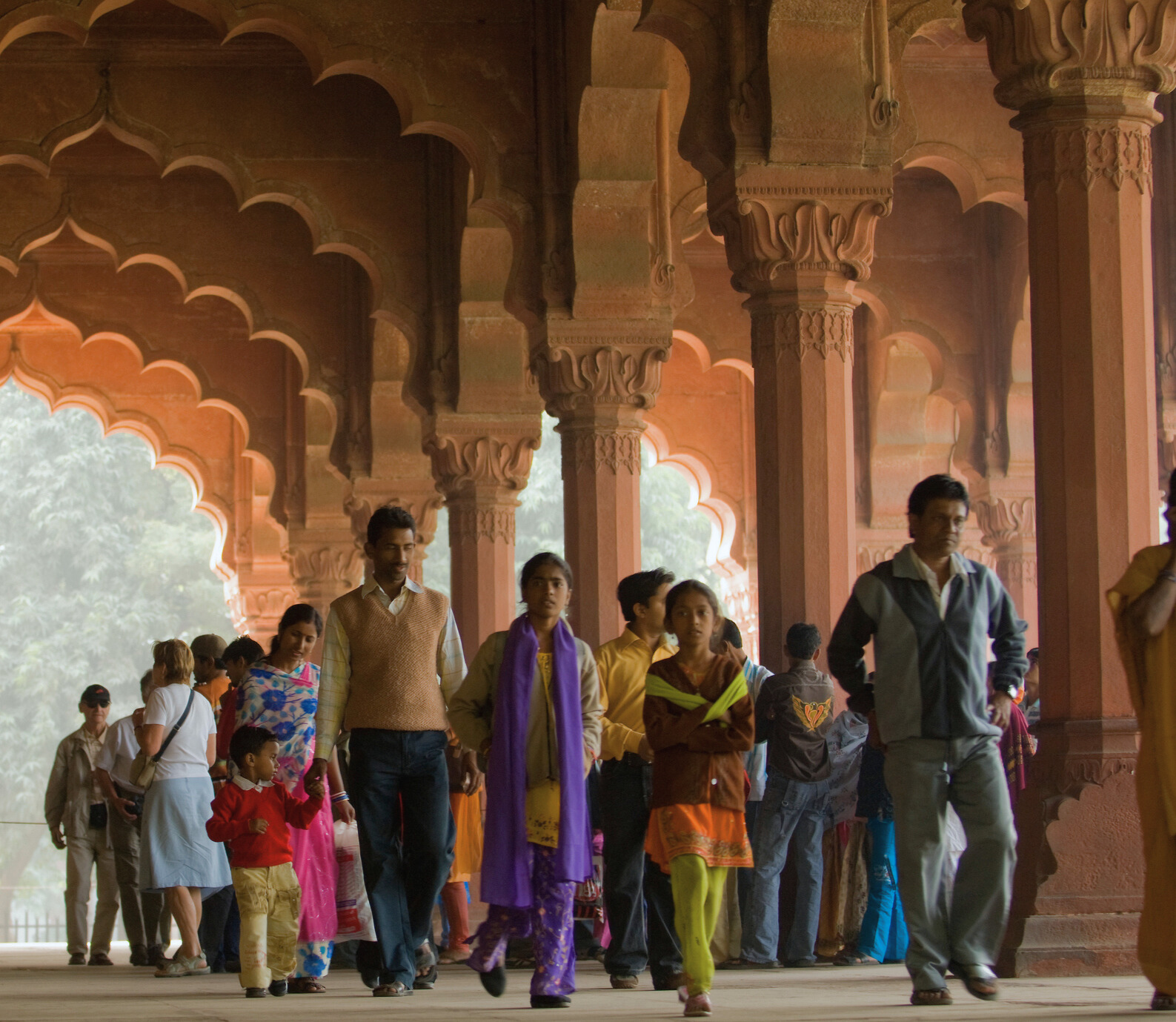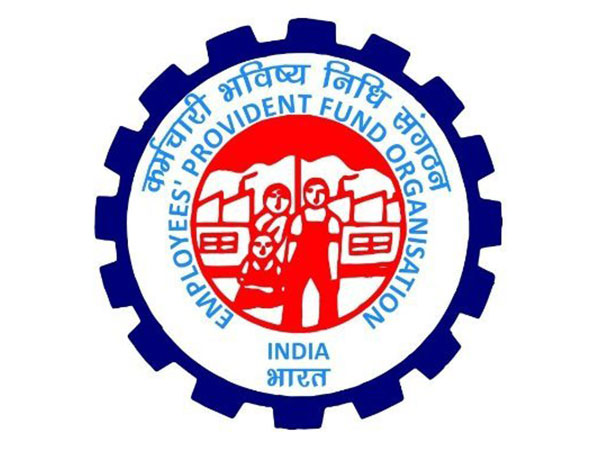The Ministry of Statistics and Programme Implementation (MoSPI) has released the 25th edition of its comprehensive publication, “Women and Men in India 2023.” This report offers a detailed look at the status of women and men across various sectors in India, providing crucial insights for policymakers and researchers.
The publication provides data on a wide range of topics such as Population, Education, Health, Participation in Economy, Participation in Decision making etc. among others.
It presents data disaggregated by gender, urban-rural divide, and geographical region, which helps to understand the disparities that exist between different groups of women and men.
The publication includes important indicators as derived from published official data of different ministries, departments, and organizations.
“Women and Men in India 2023” not only highlights the progress made towards gender equality but also identifies the areas where significant gaps remain.
Key findings:
By 2036, India’s population is projected to reach 152.2 crore, with women comprising 48.8% of the total, up from 48.5% in 2011. The sex ratio is expected to improve from 943 in 2011 to 952 by 2036, indicating a more balanced gender distribution.
Age-specific fertility rates for women aged 20-29 have decreased between 2016 and 2020, while rates for women 35-39 have slightly increased. The report also highlights the significant impact of education on fertility rates, with literate women having much lower adolescent fertility rates compared to illiterate women.
Notably, India has achieved a major milestone in reducing its Maternal Mortality Ratio to 97 per lakh live births in 2018-20, putting it on track to meet the Sustainable Development Goal target of 70 by 2030.
Both infant and under-5 mortality rates have shown consistent decline, with the gender gap in these rates narrowing significantly.
Female labor force participation has seen a substantial increase, rising from 23.3% in 2017-18 to 37% in 2022-23, though still considerably lower than male participation rates.
The 2019 national elections marked a historic moment, with women’s voter turnout (67.2%) surpassing men’s for the first time, reflecting increased literacy and political awareness among women.
The Department for Promotion of Industry and Internal Trade (DPIIT) has recognized a total of 1,17,254 start-ups since its inception in January 2016 up to December 2023. Among these, 55,816 start-ups are led by women, constituting 47.6% of the total recognized start-ups. This significant representation underscores the growing influence and contribution of women entrepreneurs in India’s start-up ecosystem.
The report is a crucial resource for understanding the demographic changes and their implications for both women and men in India. It serves as a vital tool for advocacy and action to promote gender equity and ensure that development efforts are inclusive and sustainable.




















